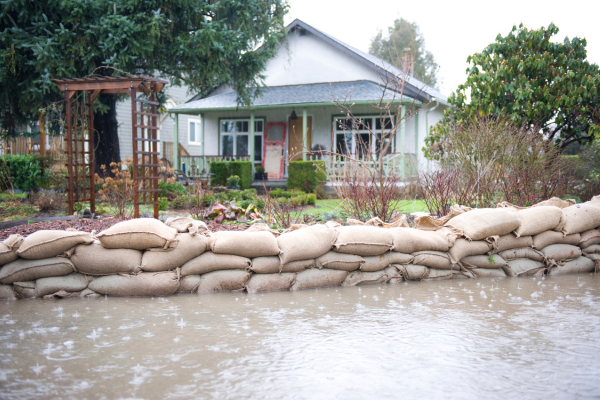Houston, often referred to as the Bayou City, is no stranger to the challenges posed by flooding. With its proximity to the Gulf of Mexico and flat topography, the city is susceptible to heavy rainfall and storm surges, making it imperative for homeowners to take proactive measures to protect their properties. One effective solution gaining traction in flood-prone areas is home elevation – a strategy that not only safeguards your home but also adds value to your property.
Understanding the Houston Floodscape
Houston’s geographical location, combined with its sprawling network of bayous and rivers, contributes to a unique flood landscape. The city experiences intense rainfall, particularly during hurricane seasons, which can lead to severe flooding. The threat is exacerbated by the extensive impervious surfaces, such as roads and buildings, which limit natural drainage. As a result, many Houston homeowners find themselves grappling with the aftermath of water damage and the financial burden of repeated repairs.
The Case for Home Elevation
Home elevation is a proactive approach that involves raising a house’s foundation above the base flood elevation (BFE), the level at which there is a 1% annual chance of flooding. Elevating your home can break the cycle of repeated flood damage, reducing the risk of costly repairs and safeguarding your investment.
1. Protection Against Floodwaters
Elevating your home above the BFE provides a crucial buffer against rising floodwaters. By lifting your home to a safe height, you minimize the chances of water intrusion during a flood event. This not only protects your belongings and the structural integrity of your home but also reduces the emotional toll that comes with the devastation of flooding.
2. Compliance with Building Codes
Houston has stringent building codes in place to mitigate flood risks. Many areas within the city require new constructions and substantial renovations to be built at or above the BFE. By elevating your home, you not only comply with these codes but also demonstrate a commitment to the safety and resilience of your property.
3. Long-Term Cost Savings
While the initial investment in home elevation may seem substantial, it pales in comparison to the long-term cost savings. The financial toll of flood damage, including repairs, insurance premiums, and potential decreases in property value, can far exceed the upfront expense of elevating your home. By investing in elevation, you’re essentially safeguarding your finances and ensuring a more stable future for your property.
The Elevation Process
Home elevation is a complex process that requires careful planning and execution. Here’s a brief overview of the key steps involved:
1. Site Assessment
A professional assessment of your property is the first step in determining the feasibility and requirements for home elevation. This includes evaluating the soil conditions, foundation type, and the overall structure of your home.
2. Design and Engineering
Once the assessment is complete, engineers will design a customized elevation plan tailored to your home’s specific needs. This plan takes into account factors such as load-bearing capacity, elevation requirements, and compliance with local building codes.
3. Permitting
Obtaining the necessary permits is a crucial step in the home elevation process. Your contractor will work with local authorities to ensure compliance with building regulations and zoning requirements.
4. Elevation Construction
The actual elevation process involves lifting your home using hydraulic jacks or a similar mechanism. This may also include building a new foundation or modifying the existing one to meet the necessary height requirements.
5. Post-Elevation Adjustments
After the elevation is complete, adjustments may be needed, such as reconnecting utilities, repairing exterior finishes, and ensuring that your home meets all safety and building code standards.
Protect Your Houston Home with Home Elevation
Home elevation is a proactive and effective strategy for Houston homeowners looking to mitigate the risks of flood damage. Beyond the immediate protection it offers, elevation enhances property value, ensures compliance with building codes, and provides long-term cost savings. As climate change continues to pose challenges, investing in your home’s resilience is not just a choice but a necessity. Elevate to mitigate—safeguard your Houston home and secure a more resilient future for yourself and your community.



